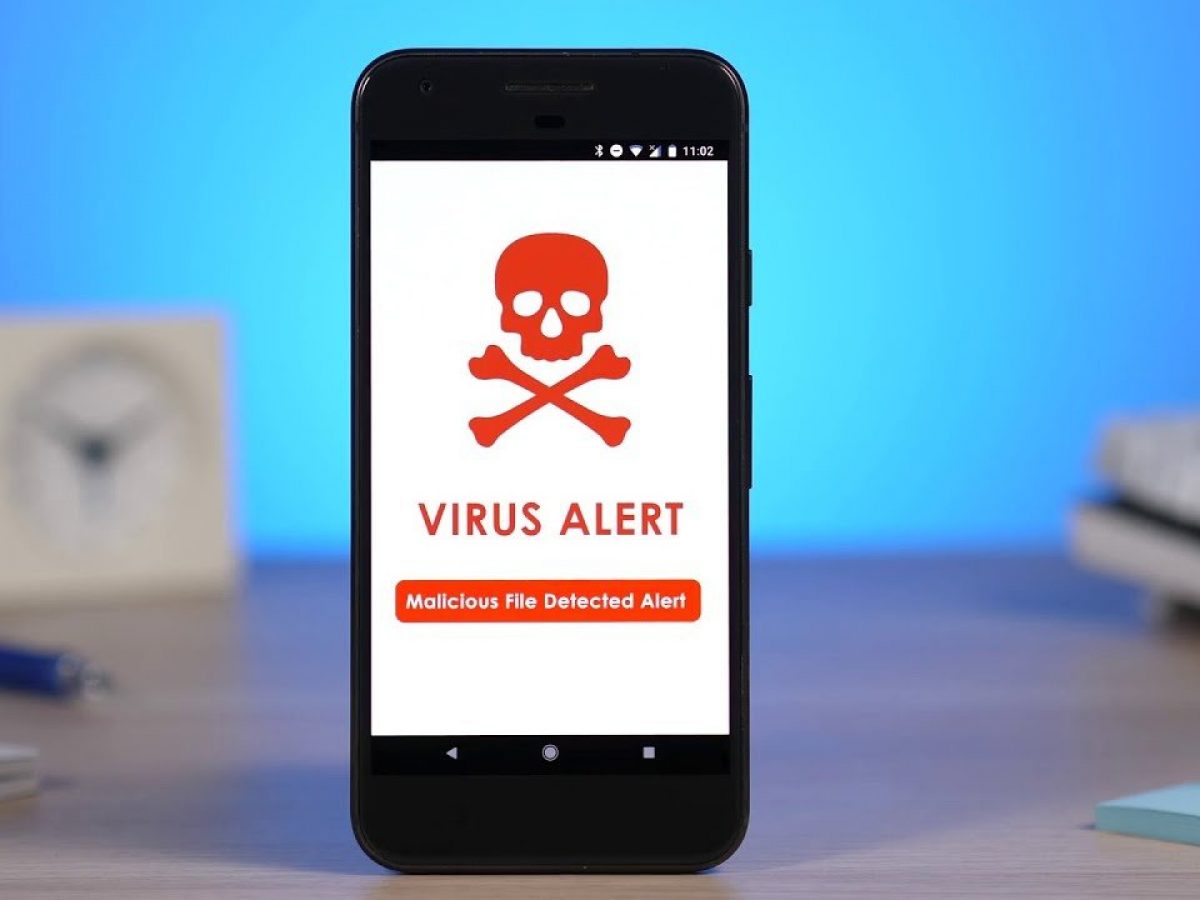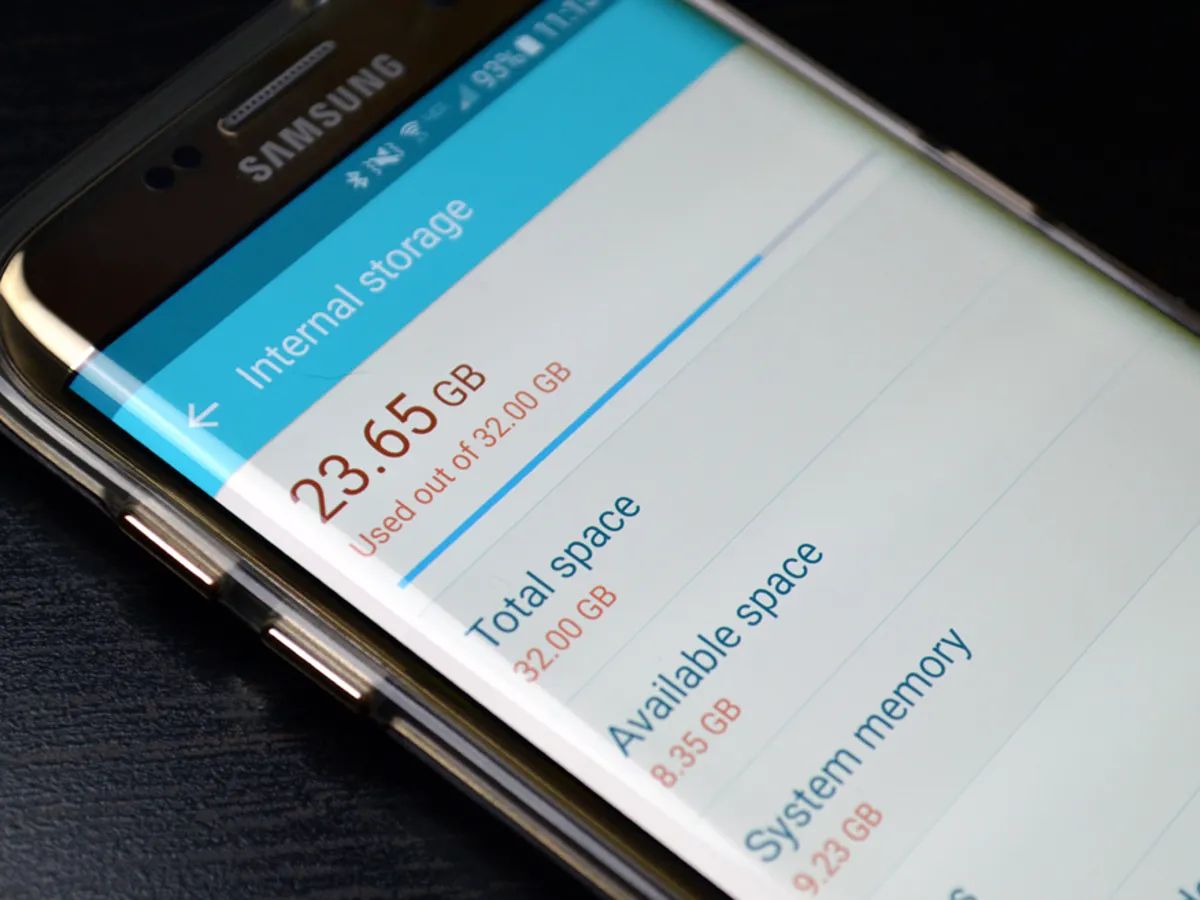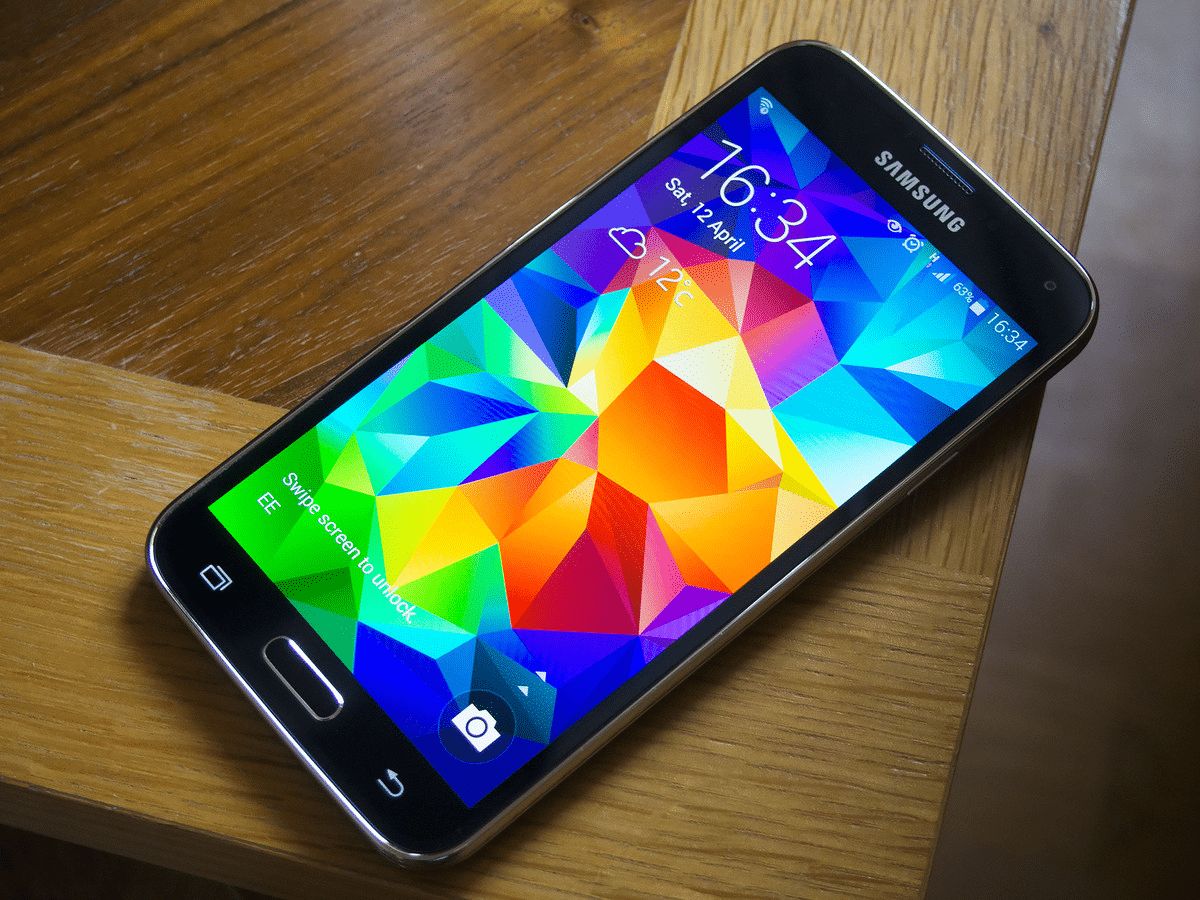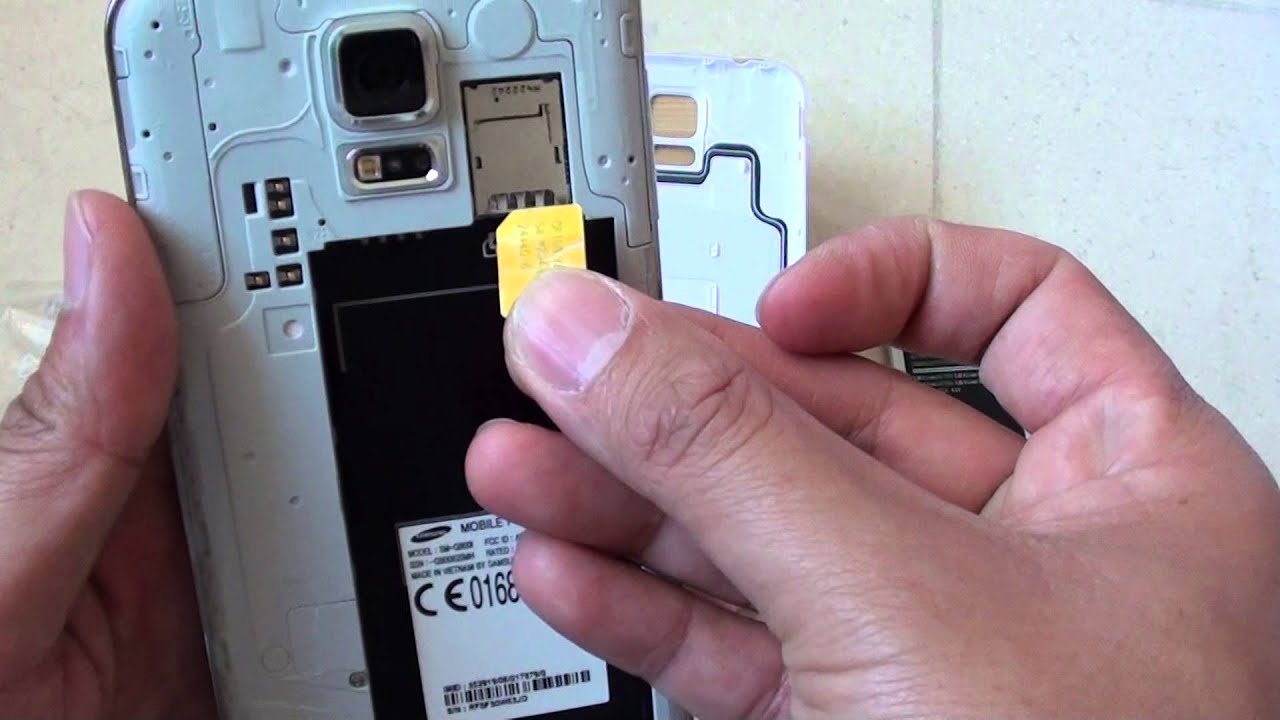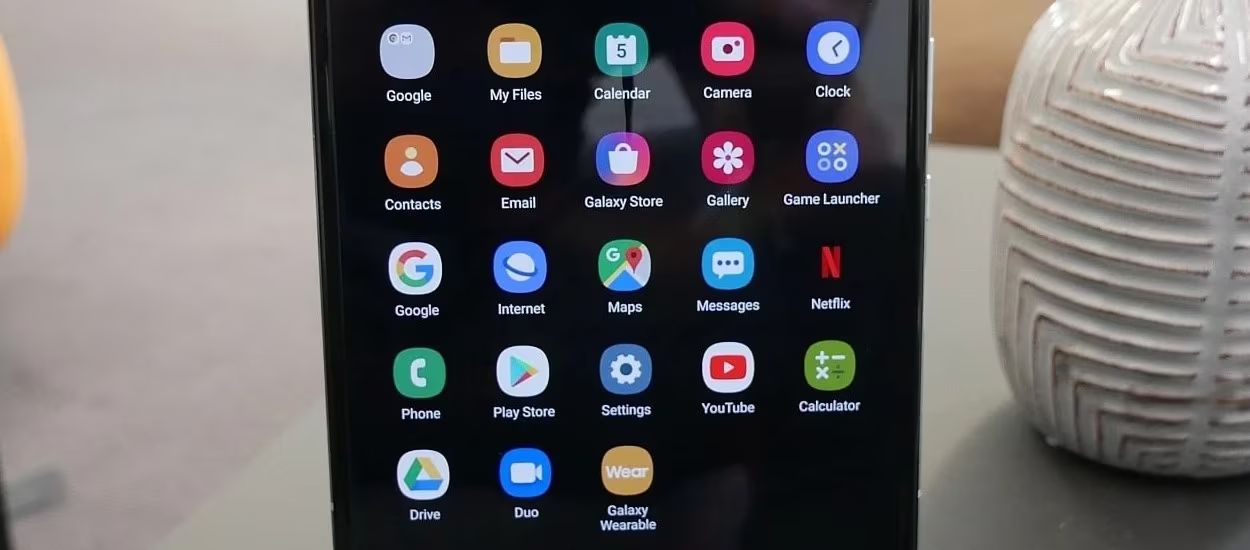Common Signs of a Virus on your Samsung Galaxy S5
Your Samsung Galaxy S5 is a powerful device that allows you to stay connected, browse the internet, and download various apps. However, like any other electronic device, it is also vulnerable to viruses and malware. Detecting a virus early is crucial to protect your device and data. Here are some common signs that indicate your Samsung Galaxy S5 might have a virus:
- Slow or unresponsive performance: If your phone suddenly starts lagging, freezing, or becomes sluggish, it could be a sign of a virus. Viruses consume system resources and can significantly impact the device’s performance.
- Increase in data usage: If you notice a sudden spike in your data usage without any apparent reason, it could be due to a virus. Some malware can run in the background and consume data without your knowledge.
- Unusual battery drain: Is your battery running out faster than usual? Viruses can cause excessive battery drain by running unnecessary processes in the background.
- Unexpected pop-ups and ads: If you are bombarded with pop-up ads or see unwanted ads appearing on your screen, it could be a sign of adware or a virus. These ads may appear even when you are not using any app or browser.
- Strange behavior: Does your phone behave erratically? Random app crashes, apps opening on their own, or unfamiliar apps appearing on your home screen are all indications of a potential virus infection.
If you experience one or more of these signs on your Samsung Galaxy S5, it is important to take immediate action to remove the virus and safeguard your device and personal information. In the following sections, we will explore the steps to back up your data, scan your device for viruses, and remove them effectively.
How to Backup Your Data Before Removing a Virus on the S5
Before proceeding with virus removal on your Samsung Galaxy S5, it is crucial to back up your data to ensure that you don’t lose any important information. Here’s how you can back up your data:
- Cloud Backup: One of the easiest ways to back up your data is by using cloud services such as Google Drive, Dropbox, or Samsung Cloud. These services allow you to automatically sync your photos, videos, contacts, and other important files to the cloud, providing a secure backup.
- External Storage: If you prefer physical storage, you can connect your Samsung Galaxy S5 to a computer or laptop using a USB cable and transfer your files to an external hard drive or USB flash drive. Make sure to create a separate folder for each type of data to keep it organized.
- Backup Apps: There are various third-party backup apps available on the Google Play Store that allow you to back up your apps and app data. Choose a reliable one, install it on your S5, and follow the instructions to back up your apps and their related data.
- Manual Backup: If you want more control over your data backup, you can manually transfer your files to a computer or laptop. Connect your Samsung Galaxy S5 to the computer using a USB cable and navigate to the internal storage or SD card. Copy and paste the desired files and folders to your computer for safekeeping.
Remember to check that your data backup is complete and accessible before proceeding with virus removal. Once you are confident that your data is securely backed up, you can move on to scanning your Samsung Galaxy S5 for viruses and eliminating them effectively. Taking this precautionary measure is essential to ensure that no valuable data is lost during the virus removal process.
Scanning Your Samsung Galaxy S5 for Viruses
Now that you have backed up your data, it’s time to scan your Samsung Galaxy S5 for viruses and malware. Performing a thorough scan will help identify any malicious files or applications on your device. Here’s how you can scan your S5 for viruses:
- Use a reliable antivirus app: Install a trusted antivirus app from the Google Play Store, such as Avast Mobile Security, McAfee Mobile Security, or Bitdefender Mobile Security. These apps offer real-time protection, automatic scanning, and virus removal capabilities.
- Open the antivirus app: Launch the antivirus app on your Samsung Galaxy S5 and navigate to the scanning or protection section. It may vary depending on the antivirus app you have installed.
- Select the scan type: Choose the type of scan you want to perform. Most antivirus apps offer options like Quick Scan, Full Scan, or Custom Scan. Quick Scan checks the most critical areas, Full Scan examines the entire device, and Custom Scan allows you to choose specific files or folders to scan.
- Initiate the scan: Start the scanning process by tapping on the scan button. The antivirus app will now scan your Samsung Galaxy S5 for viruses, malware, and other threats. The duration of the scan will depend on the size of your device’s storage and the number of files present.
- Review the scan results: Once the scan is complete, the antivirus app will provide a summary of the scan results. It will list any detected viruses or malware along with recommended actions, such as quarantine or deletion.
- Take appropriate action: Follow the recommendations provided by the antivirus app to remove the detected viruses or malware. In some cases, the app may automatically quarantine or delete the infected files. If any suspicious or unfamiliar apps are detected, remove them from your device as well.
Regularly scanning your Samsung Galaxy S5 for viruses is essential to maintain its security. Make it a habit to update your antivirus app regularly to stay protected against evolving threats. With a clean and virus-free device, you can now proceed to the next steps to remove any remaining viruses or malware manually if needed.
How to Remove Virus from Samsung Galaxy S5 Using Antivirus Apps
If your Samsung Galaxy S5 has been infected with a virus, using an antivirus app is one of the most effective ways to remove it. Here’s a step-by-step guide on how to remove viruses from your S5 using antivirus apps:
- Launch the antivirus app: Open the antivirus app that you have installed on your Samsung Galaxy S5. Ensure that the app is up to date to have the latest virus definitions.
- Start a thorough scan: Initiate a full scan of your device by tapping on the appropriate scanning option in the antivirus app. This will thoroughly examine all files and apps on your S5.
- Review the scan results: Once the scan is complete, the antivirus app will display the list of detected viruses or malware. Carefully review the results to identify the infected files and apps.
- Take recommended actions: Most antivirus apps offer options to quarantine, delete, or remove the infected files. Follow the app’s recommendations for each infected item to effectively remove the viruses from your Samsung Galaxy S5.
- Restart your device: After removing the viruses, restart your Samsung Galaxy S5 to ensure that all changes take effect and that your device is running smoothly.
- Enable real-time protection: Activate the real-time protection feature in your antivirus app. This will continuously monitor your device for any potential threats and prevent virus infections in real-time.
- Regularly update the antivirus app: It is crucial to keep your antivirus app updated with the latest virus definitions and security patches. Regular updates will enhance its effectiveness in removing viruses and protecting your Samsung Galaxy S5.
Remember, prevention is better than cure. To minimize the risk of future virus infections, exercise caution when downloading apps from unofficial sources, avoid clicking on suspicious links or pop-ups, and install app updates promptly. Combined with the use of a reliable antivirus app, these practices will help to safeguard your Samsung Galaxy S5 from potential threats.
Manual Virus Removal on Samsung Galaxy S5
If you prefer a hands-on approach or if your antivirus app was unable to fully remove the virus from your Samsung Galaxy S5, you can try manual virus removal. Here are the steps to manually remove viruses from your device:
- Boot into Safe Mode: Start by booting your Samsung Galaxy S5 into Safe Mode. To do this, press and hold the power button until the power options menu appears. Tap and hold the “Power Off” option, and then tap “OK” when prompted to enter Safe Mode.
- Identify suspicious apps: Once in Safe Mode, open the Settings app on your S5 and navigate to the Apps or Applications Manager section. Look for any unfamiliar or suspicious apps that you do not remember installing. Pay particular attention to apps that have a generic or obscure name.
- Uninstall suspicious apps: Select each suspicious app one by one and tap the “Uninstall” button to remove them from your Samsung Galaxy S5. Follow the prompts to confirm the uninstallation. If you are unable to uninstall an app, try disabling it instead.
- Delete cache and data: After uninstalling the suspicious apps, clear the cache and data for any remaining apps that you suspect might be infected. Go to the Settings app, navigate to the Apps or Applications Manager section, select an app, and tap “Clear Cache” and “Clear Data”. Repeat this process for each app you want to clean.
- Reboot your device: Exit Safe Mode by pressing and holding the power button until the device options menu appears. Tap “Restart” to reboot your Samsung Galaxy S5 normally.
- Scan with antivirus app: Once your device is back to normal mode, open your antivirus app and perform a thorough scan to ensure that all viruses have been removed. If any malicious files are detected, follow the app’s instructions to remove them.
- Keep your device updated: Regularly update your Samsung Galaxy S5 with the latest firmware and security patches provided by Samsung. These updates often include bug fixes and security enhancements that help protect your device from viruses and other threats.
Manual virus removal on your Samsung Galaxy S5 requires careful identification of suspicious apps and cautious removal of those apps from your device. It is essential to exercise caution during the process to avoid accidentally deleting important files or system apps.
Preventing Future Virus Infections on Samsung Galaxy S5
To protect your Samsung Galaxy S5 from future virus infections, it’s important to adopt preventive measures. Here are some tips to help you keep your device secure:
- Download apps from trusted sources: Stick to reputable app stores like Google Play Store to download apps for your Samsung Galaxy S5. These platforms have stricter security measures in place to prevent the distribution of malware-infected apps.
- Read app reviews and ratings: Before installing an app, take the time to read user reviews and check the app’s ratings. Pay attention to any negative feedback or mentions of suspicious behavior to make informed decisions.
- Be cautious with permissions: When installing apps, review the permissions requested by the app. If an app requests unnecessary or excessive permissions, consider it a red flag and avoid installing it.
- Keep your device updated: Regularly update your Samsung Galaxy S5 with the latest software updates and security patches. These updates often address vulnerabilities that could be exploited by viruses and other malware.
- Use a reliable antivirus app: Install and regularly update a reputable antivirus app from a trusted provider. A good antivirus app will scan your device for viruses, malware, and other threats, providing an additional layer of protection.
- Enable app verification: Activate the “Verify Apps” option in your device’s settings. This feature scans apps before installation and periodically checks installed apps for any suspicious behavior.
- Exercise caution with links and attachments: Avoid clicking on unfamiliar or suspicious links received through emails, text messages, or social media platforms. Be wary of opening attachments from unknown senders, as they may contain malware.
- Regularly backup your data: Create periodic backups of your important data, such as photos, videos, contacts, and documents. This will ensure that even if your device is infected, you can still retrieve your valuable information.
- Stay informed and educate yourself: Keep up-to-date with the latest security practices and news regarding mobile security. Stay informed about new types of viruses and malware to better protect yourself and your Samsung Galaxy S5.
By following these preventive measures and practicing safe browsing habits, you can significantly reduce the risk of future virus infections on your Samsung Galaxy S5. Remember that being proactive and cautious is key to maintaining the security and integrity of your device.
Conclusion
Ensuring the security of your Samsung Galaxy S5 is essential to protect your personal data and maintain the optimal performance of your device. In this article, we have discussed common signs of a virus on your S5, steps to back up your data, scanning for viruses, removing viruses using antivirus apps, manual virus removal, and preventive measures to avoid future virus infections.
By being vigilant and proactive, you can safeguard your Samsung Galaxy S5 against viruses and malware. Regularly scan your device using a reliable antivirus app and keep it updated to stay protected from emerging threats. Additionally, following safe browsing practices, such as downloading apps from trusted sources and being cautious with permissions, can significantly reduce the risk of virus infections.
If your device does get infected, taking immediate action by backing up your data, scanning for viruses using antivirus apps, and considering manual virus removal will help restore the security of your Samsung Galaxy S5. Remember to always exercise caution and seek the assistance of professional help if needed.
With these measures in place, you can enjoy a safe and secure user experience on your Samsung Galaxy S5, knowing that your personal data and privacy are protected from malicious threats.







